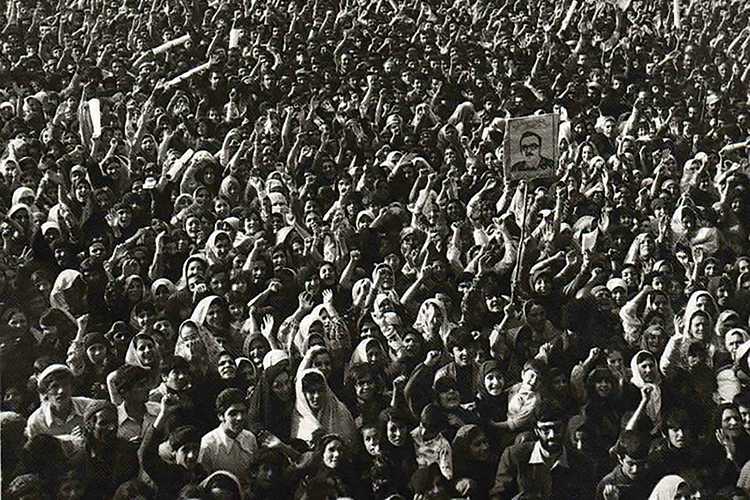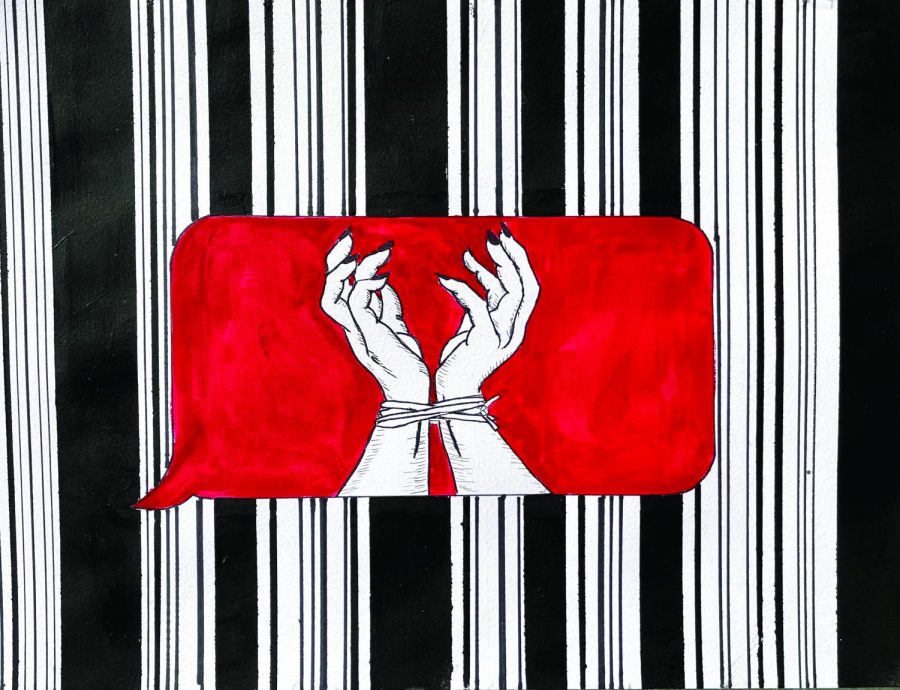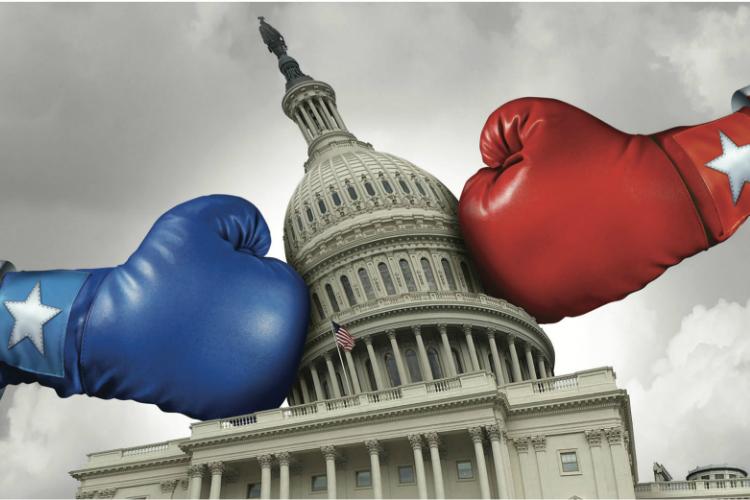//PICTURED ABOVE: Iranian crowds march in protest leading up to the 1979 Iranian Revolution against the shah.
With jokes about a potential WWIII due to rising tensions between Iran and the United States flooding social media platforms, it has become clear that some do not understand the true extent of the history between the two countries. However, understanding the history of Iran as a country and the history of relations between the United States and Iran is necessary to fully grasp the United States’ current involvement in Iran.
Recent events surrounding the 2015 Iran nuclear deal, in which world powers agreed to lift economic sanctions as long as Iran limited its nuclear development, demonstrate rising tensions between the two powers. On Jan. 3, Iran’s most powerful military commander, Gen. Qasem Soleimani, was killed by a U.S. airstrike in Iraq. Iran retaliated by firing U.S. missiles at U.S. forces in Iraq on Jan. 7.
On Jan. 15, Iranian President Hassan Rouhani accused Germany, Britain and France of siding with the United States through their formal accusation of Iran’s breaking the terms of the 2015 nuclear deal. Rouhani seemed to threaten both the U.S. military and the three European countries, saying “Today, the American soldier is in danger, tomorrow the European soldier could be in danger,” according to The New York Times.
Here is a timeline to provide context for the current situation.
Timeline:
1951: In April, the Iranian Parliament votes to nationalize the oil industry, at the time controlled by Britain’s company, the Anglo-Iranian Oil Company, and a power struggle occurs between left-wing nationalist Mohammad Mossadegh and the shah, Mohammad Reza. Mossadegh, who strongly opposed foreign involvement in Iran, was elected as prime minister through democratic elections. The shah was temporarily exiled.
1953: A coup, backed by the United States and Britain, takes Mossadegh out of power. Democracy is replaced by an absolute monarchy ruled by Shah Mohammad Reza Pahlavi. For years after the coup, the United States continues to arm and support the shah.
1964: Influential Islamic clerical opposition leader Ayatollah Ruhollah Khomeini is exiled.
Late 1960s: The shah becomes increasingly dependent on the SAVAK secret police, an organization in part started by the CIA, in controlling opposition movements.
1978: The shah’s authoritarian rule leads to riots, strikes and mass demonstrations. Many factors contribute to the revolution, including decreasing oil prices and increasing consumer prices. The revolution was organized and led by clerics but was supported by multiple sectors of Iran because of the economic instability.
1979: The shah and his family are forced into exile and Khomeini returns from 14 years of exile. The Islamic Republic of Iran is declared in April, following a referendum. In November, Islamic militants take 52 Americans hostage inside the U.S. embassy in Tehran. They demand that the shah, who is in the United States for medical treatment, return to Iran for a trial.
1980: The Iran-Iraq war begins with Iraq invading Iran. Iraqi leader Saddam Hussein claims the invasion is a result of a territorial dispute and Iran’s attempts to incite an Islamic rebellion in Iraq.
1985: In a scandal called the Iran- Contra affair, the U.S. government secretly sells arms to Iran. Once the news comes out, the public is outraged, as the United States had an arms embargo against Iran, reasoning that Iran was responsible for international terrorism.
1988: An Iranian passenger plane is mistakenly shot down by American warship USS Vincennes, killing 290 people on board, adding to anti- American sentiment in Iran.
1988: After eight years of war, Iran accepts a ceasefire agreement with Iraq as a result of United Nations negotiations in Geneva.
1995: The United States imposes oil and trade sanctions, accusing Iran of supporting terrorism, aggressively pursuing nuclear arms and being hostile in the peace process between Israel, an American ally, and Palestine.
2002: In a State of the Union address, President George W. Bush calls Iran part of an “axis of evil” with Iraq and North Korea, creating outrage among Iranians.
2005: Conservative Mahmoud Ahmadinejad, who ran under a populist platform built on Islamic principles, wins the presidential elections in June. In August, the IAEA declares Iran in violation of the nuclear Non-Proliferation Treaty, largely due to its resumed efforts of uranium conversion.
2007: The United Nations, after Iran’s failure to follow the organization’s demands to halt uranium enrichment, unanimously imposes new sanctions on Iran.
2009: Iran admits to building a uranium enrichment plant, but insists it is for peaceful purposes.
2015: As Iran’s currency falls to a record low, world powers agree to lift economic sanctions if Iran limits its nuclear activity.
2018: President Trump withdraws from the 2015 nuclear deal and the United States imposes sanctions on Iran. Iran threatens to increase uranium enrichment if the deal with the rest of the participating countries collapses due to the United States’ decision to withdraw.
2019: The United States accuses Iran of attacking oil tankers in the Gulf.
2020: The United States claims responsibility for the killing of Iranian commander Qasem Soleimani in an airstrike at Baghdad Airport. Soleimani was well respected throughout the nation, even by those who otherwise are against the Iranian government, and many fear the choice to kill him underestimates popular Iranian support for Soleimani. On Jan. 23, the head of U.S. Central Command said the United States hopes to avoid conflict with Iran, but plans to expand its military reach in the Middle East during heightened tensions.
Story by Niamh McKinney
Photo by Ahmad Moftizadeh provided by Wikimedia Commons













